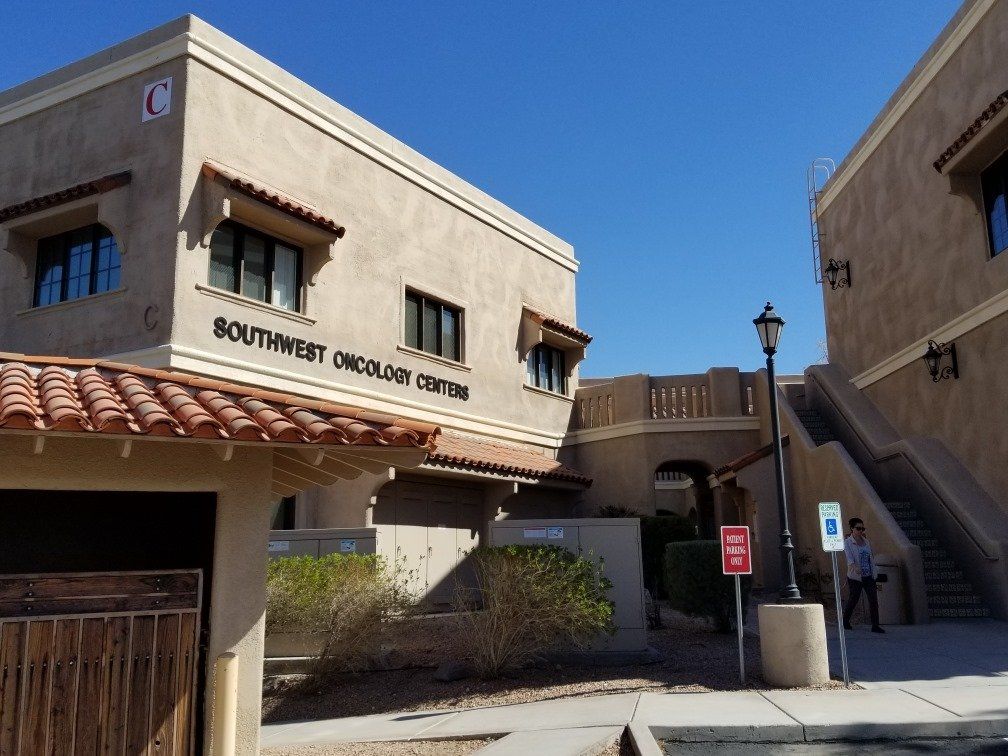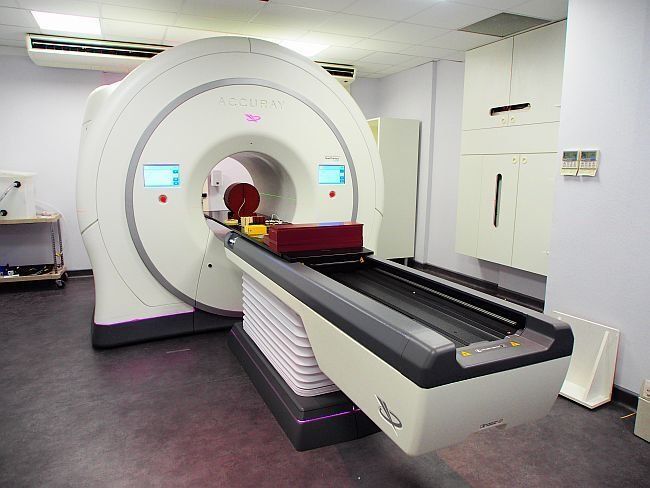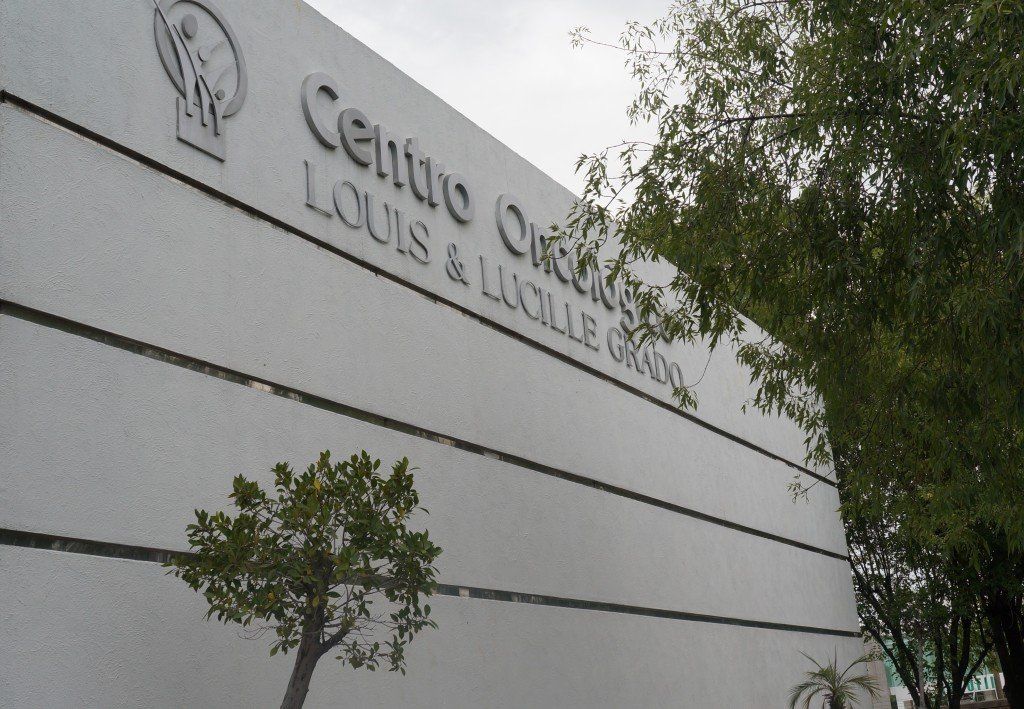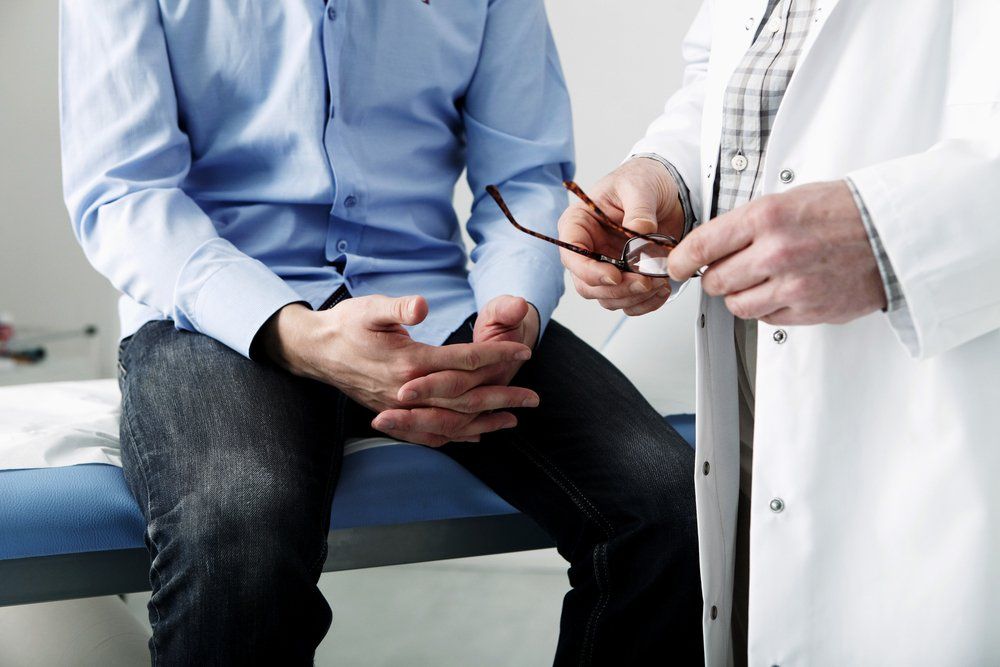How Radiation Works | Southwest Oncology Centers
How Radiation Works?
Radiation therapy uses a special kind of high-energy beam to damage cancer cells. (Other types of energy beams include light and X-rays.) These high-energy beams, which are invisible to the human eye, damage a cell’s DNA, the material that cells use to divide.
Over time, the radiation damages cells that are in the path of its beam—normal cells as well as cancer cells. But radiation affects cancer cells more than normal cells. Cancer cells are very busy growing and multiplying—2 activities that can be slowed or stopped by radiation damage. And because cancer cells are less organized than healthy cells, it’s harder for them to repair the damage done by radiation. So cancer cells are more easily destroyed by radiation, while healthy, normal cells are better able to repair themselves and survive the treatment.
There are two different ways to deliver radiation to the tissues to be treated:
- A machine called a linear accelerator that delivers radiation from outside the body. We use a very advanced linear accelerator called Tomotherapy, and you can learn more about this linear accelerator and its benefits in our web page.
- Pellets, or seeds, of material that give off radiation beams from inside the body. Dr. Grado is considered a pioneer in the use of this type of radiation for prostate cancer and has performed more than 6000 surgeries with excellent clinical results.
Tissues to be treated might include the breast area, lymph nodes, or another part of the body such as the prostate.
Some people may fear radiation therapy. They may worry that therapeutic radiation may be dangerous like an atomic bomb or nuclear power plant. Stories about radiation side effects, some of them exaggerated, can circulate around hospital waiting rooms. It’s important for you to know that there is NO connection between therapeutic radiation and the types of radiation in bombs and nuclear reactors. The radiation used in cancer treatment is highly focused, controllable, and generally safe.
Why Radiation is Necessary
Radiation is an important and often necessary form of anti-cancer therapy because it is able to reduce the risk of recurrence after surgery. Although it’s quite possible that your surgeon removed all the cancer, breast cancer surgery cannot guarantee that every cancer cell has been removed from your body.
Individual cancer cells are too small to be felt or seen during surgery or detected by testing. Any cells that remain after surgery can grow and eventually form a new lump or show up as an abnormality on a test such as a mammogram.
Research has shown that people who are treated with radiation after lumpectomy are more likely to live longer, and remain cancer-free longer, than those who don’t get radiation. In one large study, women who didn’t get radiation after lumpectomy were shown to have a 60% greater risk of the cancer coming back in the same breast. Other research has shown that even women with very small cancers (1 centimeter or smaller) benefit from radiation after lumpectomy.








